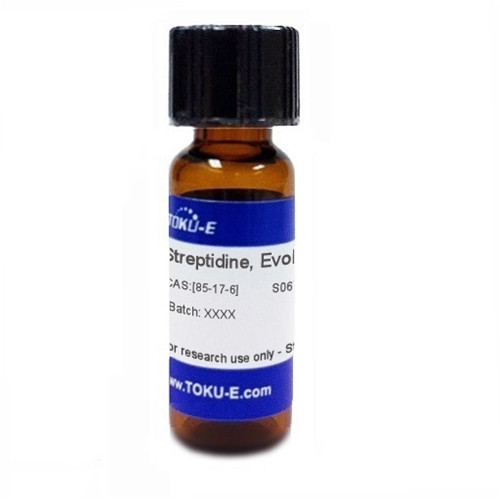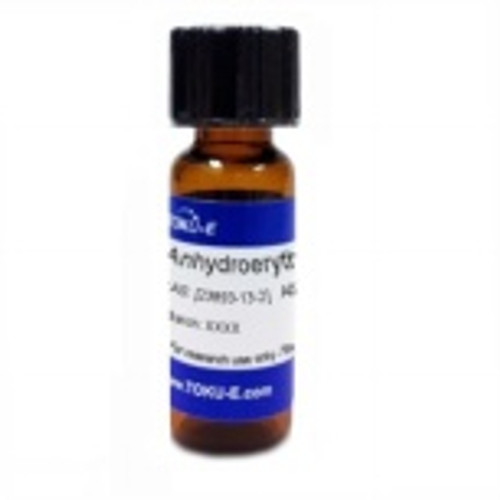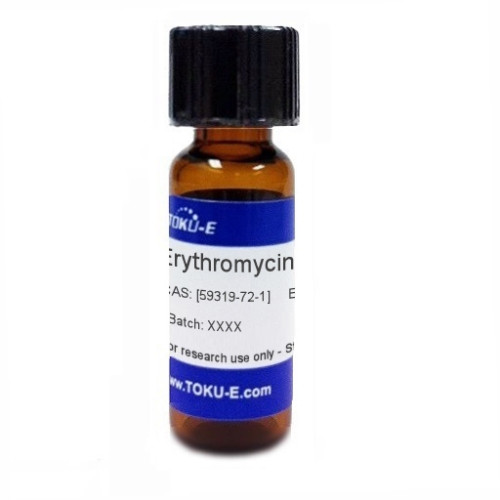Hydrastine, EvoPure is a soquinoline alkaloid and an inhibitor of dopamine biosynthesis. It was discovered in 1851 by Alfred P Durand. It is a natural product from Hydrastis canadensis (goldenseal) and other plants of the ranunculaceae family. Hydrastine is converted to Hydrastinine via hydrolysis. Hydrastine is soluble in water.
syn: (-)-β-Hydrastine, β-Hydrastine, (1R,9S)-β-Hydrastine
EvoPure products have been fully characterized by spectral analysis and are shipped with a comprehensive certificate of analysis containing lot-specific HPLC, MS, HNMR, and FTIR data.
| Mechanism of Action | Hydrastine inhibits dopamine biosynthesis by inhibiting tyrosine hydroxylase activity. Its pharmacokinetics has not been adequately described. |
| Spectrum | Effective against Gram-positive and Gram-negative bacteria. |
| Eukaryotic Cell Culture Applications | Hydrastine decreases the basal intracellular Ca2+ concentration in PC12 cells. A concentration of 10-100 µM, when combined with high extracellular potassium level (56mM) inhibited dopamine release in a concentration-dependent manner. This suggests that the actives sites of Hydrastine are mainly L-type Ca2+ channels and caffeine-sensitive Ca2+-permeable channels (Yin et al, 2007). |
| Molecular Formula | C21H21NO6 |
| References |
Churchhill J (1862) The Pharmaceutical journal: A weekly Record of pharmacy and allied sciences. London. pp. 547 Kim SH et al (2001) Effects of hydrastine derivatives on dopamine biosynthesis in PC12 cells. Planta Med. 67(7):609-6 Yin SY et al (2007) Effects of (1R,9S)-beta-hydrastine on intracellular calcium concentration in PC12 cells. Biol. Pharm. Bull. 30(8):1547-1550 PMID 17666818 |







